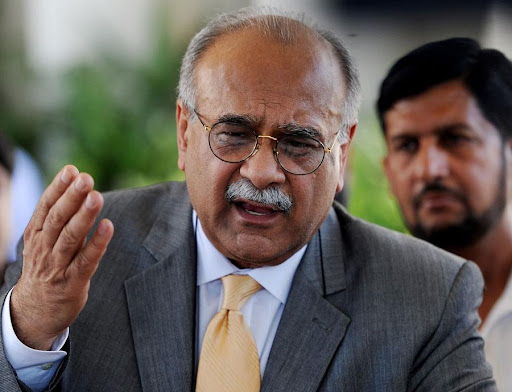PCB dislikes of the proposed revenue distribution mechanism from ICC

According to a report from last week, the PCB is now the first board to officially express dissatisfaction with the ICC revenue sharing mechanism. Although the model hasn’t been fully developed, it is getting near to a possible final version.
Prior to being formally adopted at the ICC’s annual general meeting in Durban in July, it is anticipated to be ratified by June. But according to Najam Sethi, the current PCB chief, his board won’t approve the model unless further information about how it functions is supplied to it.
The BCCI is anticipated to get 38.5% of the annual estimated ICC earnings of US$600 million under the proposed model, with the ECB coming in second with a 6.89% share, followed by the CA with 6.25%, and the PCB with 5.75%. The annual share for each of the remaining Full Member (FM) boards is less than 5%.
The weighting assigned to four separate criteria led to the shares for each board: an equal share for FM status, varying shares for cricket history and performance at ICC events for men and women, and a share for the commercial contribution each board makes to the game.
Sethi agreed that India should receive a higher proportion, but he added there needs to be more clarity regarding the sources of the numbers because it is what distinguishes the BCCI from other boards.
“We are insisting that the ICC should tell us how these figures were arrived at,” Sethi told Reuters. “We are not happy with the situation as it stands. Come June, when the board is expected to approve the financial model, unless these details are provided to us, we are not going to approve it.”
The PCB was one of the dissenters when the Big Three shocked the cricketing world in January 2014 by attempting to overhaul the game’s administrative and financial model. The new proposed financial model is based on similar principles of marking members for performance and commercial contributions.
Before Shashank Manohar became the ICC president in 2016 and undid the modifications the Big Three had made, the model was approved by voters. The BCCI was slated to collect USD$405 million over the course of eight years under a new finance model that the ICC and BCCI agreed to following some negotiation.
This time, every board has kept quiet regarding the planned model, with the exception of the PCB. Two more nations that participate in Test matches, according to Sethi, have also requested further information about how this concept operates.
“In principle, India should get more, there is no doubt about that,” Sethi said, “but… how is this table being developed?”
Because of the enhanced bounty for the ICC in this cycle, all FMs are expected to get far more money than they did in the previous rights cycle.
Part of that can be attributed to how the ICC divided and sold its broadcast rights; in contrast to previous occasions, when it sold broadcast rights to all of its events as a single property to a single broadcaster worldwide, this time it divided its rights across various territories, in four- and eight-year packages, as well as into linear TV rights or for digital streaming (or both).
The ICC will consequently get more than USD$3 billion for four years from the India market alone this time, compared to the approximately USD$2.1 billion for eight years they received during the 2015–23 cycle. As a result, some boards may wind up receiving more funding overall than they did in the previous cycle.

